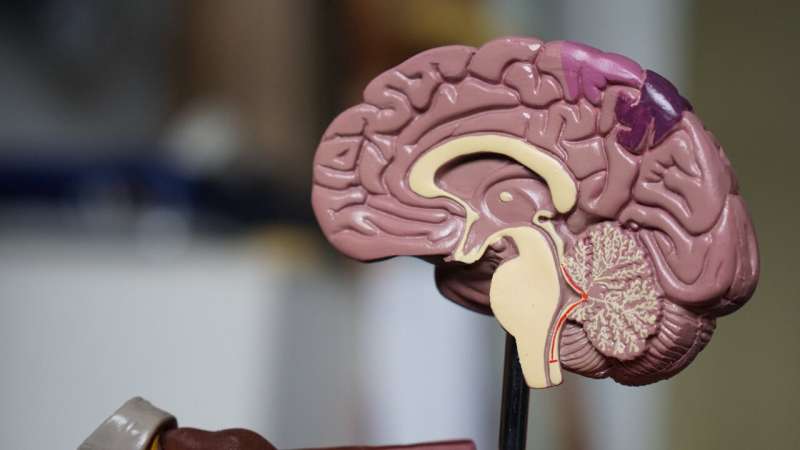This article has been reviewed according to Science X's editorial process and policies. Editors have highlighted the following attributes while ensuring the content's credibility:
fact-checked
peer-reviewed publication
proofread
Cerebral small vessel disease burden for bleeding risk during antithrombotic therapy

Antithrombotic agents (blood thinners), which prevent blood clots from forming, are widely used to prevent thromboembolic events such as ischemic stroke and myocardial infarction. This benefit of antithrombotic agents is not so rarely overshadowed by the drawback of an increased risk of bleeding complications, such as intracranial and gastrointestinal bleeding.
Cerebral SVD can be a key finding in balancing the benefits (thromboembolism prevention) and disadvantages (bleeding complications) of antithrombotic therapy because it is common in elderly patients and those with hypertension and renal dysfunction, who are at high risk for stroke or cardiovascular disorders.
BAT2 is a multicenter prospective cohort study of patients with cerebrovascular and cardiovascular diseases taking oral antithrombotic agents. Baseline multimodal MRI acquired under prespecified conditions were assessed by a central diagnostic radiology committee to evaluate cerebral SVD burden. The primary outcome was major bleeding, and secondary outcomes included bleeding at each site and ischemic events.
The researchers analyzed data from BAT2 to determine the excess risk of antithrombotic-related bleeding due to cerebral SVD burden. The cerebral SVD burden was comprehensively quantified using total SVD score (range, 0–4), which incorporates the four typical MRI SVD markers of white matter hyperintensity, lacunes, cerebral microbleeds, and enlarged basal ganglia perivascular spaces.
Of the analyzed 5,250 patients (9,933 patient-years of follow-up), the cumulative risk of major bleeding increased as the total SVD score increased from 0 to 4. The risk of ischemic events also increased significantly with increasing SVD score. In patients with SVD score 4 compared to 0, the risks of major (adjusted hazard ratio [HR]: 5.47, 95% confidence interval [CI]: 2.26–13.23), intracranial (adjusted HR: 9.29, 95% CI: 1.99–43.35), extracranial major (adjusted HR: 3.43, 95% CI: 1.13–10.38), and gastrointestinal bleedings (adjusted HR: 2.54, 95% CI: 1.02–6.35) were 2.54- to 9.29-fold higher. The risk of ischemic event (adjusted HR: 1.76, 95% CI: 1.08–2.86) was 1.76-fold higher in SVD score 4 than in score 0.
The research is published in the journal Annals of Neurology.
Notably, in BAT2, event information was collected not only on cerebrovascular disease, but also on bleeding and ischemic events in other organs, allowing detailed observation of the relationships between cerebral SVD and antithrombotic-related outcome events. This feature of BAT2 led to find an association between total SVD score and extracranial major bleeding, most of which were due to gastrointestinal bleeding.
Although further studies are needed before clear conclusions can be drawn regarding the association between cerebral SVD and extracranial bleeding, BAT2 suggest a novel clinical relevance of cerebral SVD beyond the previously demonstrated utility in stratifying the risk of antithrombotic-related intracranial hemorrhage.
More information: Kanta Tanaka et al, Cerebral small vessel disease burden for bleeding risk during antithrombotic therapy: Bleeding with Antithrombotic Therapy 2 study, Annals of Neurology (2023). DOI: 10.1002/ana.26868



















